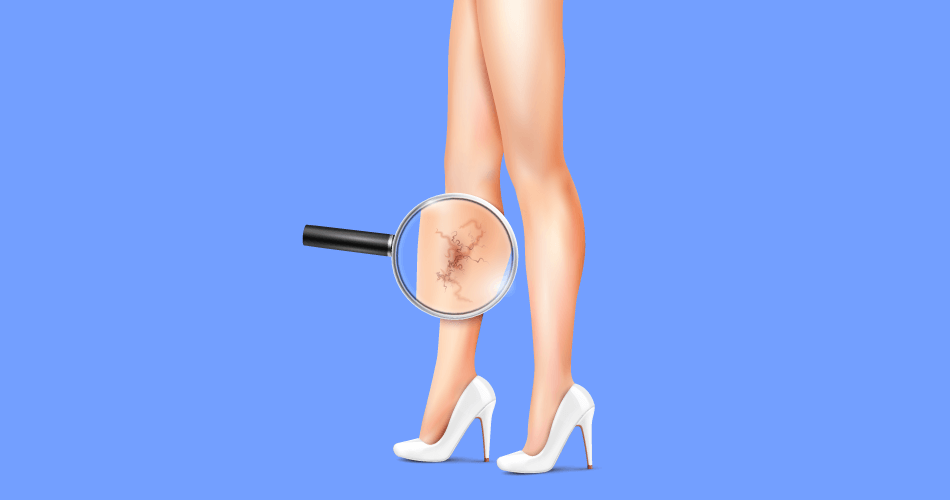As you advance in age, the valves in the veins in your legs begin to wear out or get damaged. This wear leads to a condition known as venous insufficiency, meaning inadequate blood flow, which then leads to varicose veins. Did you know that about 30 percent of adults the world over are affected by varicose veins? That fact surprises many people.
Few people know a lot about varicose veins, despite it being a common ailment.
Varicose veins are characterized by the enlargement of your veins. They will get twisted, swell, and turn purple or dark blue. This condition typically happens when there are faults in the vein valves, allow blood to flow in the wrong direction. This sometimes leads to the formation of blood pools in the veins. It is a common problem but often goes unnoticed in sufferers.
Signs of Varicose Veins
There are signs associated with the confirmation of existence varicose veins in your system. One thing you should know about varicose veins is that they don’t typically result in pain; however, the major signs at an early stage that indicate you have varicose veins include:
- Dark purple or blue appearance of veins
- Cord-like-veins on your legs that appear twisted and bulging
Other symptoms of varicose veins at advanced stages include the following:
- Discoloration of skin in the affected areas
- An itchy sensation around one or more of the veins
- Severe pains more especially after sitting down for a long time or standing for a long time
- Swelling of legs, muscle cramping, throbbing, and burning
- Itchy sensation and feeling of added weight in the legs
Who is at risk for developing varicose veins?
If your daily duties involve standing for long in the day, you are at a higher risk of developing varicose veins. If you are around forty years of age and your blood vessels often bulge, then this is an indication of developing varicose veins.
Sitting for a long time at work is another common habit that may lead to varicose veins.
Either way, you should at least take frequent short breaks and take a walk if your daily duties do not involve walking or standing up. Alternatively, you can raise your legs to the same height as your seat occasionally to keep blood flowing.
Treatment of Varicose Veins at Home
You shouldn’t be too worried varicose veins. You can manage varicose veins at home successfully. There are two methods that you can apply to manage or treat varicose veins at home. Do not sit for long. At least take some time to stand and walk in intervals. Another important one is that should you stand for long, at least have a rest for your legs. These practices will reduce the risks of developing the condition.
From a medical point of view, there are treatment processes available spanning surgical procedures and superficial procedures. It is essential to make sure that you seek support from a medical practitioner who has experience handling patients with varicose veins for more information regarding treatment and prevention.
Treatment Option for Varicose Veins by Your Doctor
Your doctor may recommend options available for your treatment, both invasive and non-invasive. An invasive procedure is a medical procedure that involves cutting the body or inserting an instrument into the skin. A non-invasive one means using techniques other than making incisions on the skin.
After the diagnosis, your doctor may opt for a treatment using foam sclerosant. This is a technique to get rid of varicose veins. It involves injecting foam sclerosant in a blood vessel to close it, and in the end, the blood takes another route restoring normal blood flow.
Varicose veins are controllable and treatable. It is just a matter of deciding to seek help and support from the medical experts.
Don’t live with a problem that can be corrected. Please seek medical advice while it is still early and ideal for treatment to be done. Now that you know, it is wise to get checked before things get out of hand.

